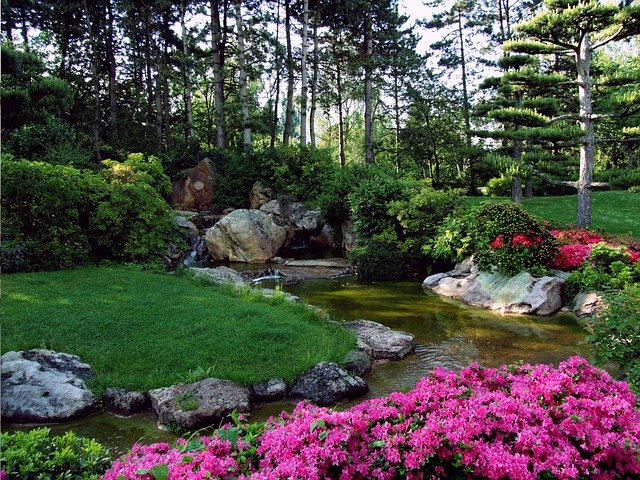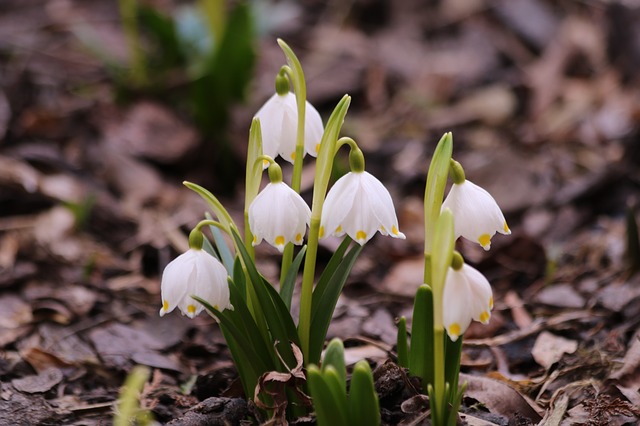The garden should please the eyes and soul. It\’s up to us how we imagine it and how much time we want to spend on its maintenance. Everyone loves a different type of garden. Some people will fit perfectly manicured lawns, without flowers and flower beds. But they will feel very comfortable in such a place. Romantic souls will be delighted with the garden with flowers in the meadow, in a completely natural style. Mentally-based people can fit a gentle Japanese-style garden arrangement, and another can put a dwarf on a flower bed. Someone will feel comfortable in the garden based on the teachings of Feng Shui. In the latter case, the necessary part of the garden is a pond or a stream with running water. Everyone has to choose a place where they feel good.
Recently, Japanese gardens have become increasingly popular.

Japanese gardenshave a special, soothing charm. But establishing them is not at all easy. Japanese gardens should radiate peace of mind, balance and well-being. All plants and natural elements, whether made of stone or wood, have an exact place in these gardens. It makes sense, because everything is arranged according to the rules. The Japanese garden should not lack water, stones, sand and trees. Each of these elements has its own irreplaceable importance. If the Japanese garden does not have space to create water bodies, sand will replace water. Neatly raked sand mimics running water. Large stones depict waterfalls and mountains. The essential elements of a Japanese garden are stone lanterns, bridges, tea watchtowers, stone trestles, and water drinkers. The most commonly planted plants are bamboo, azaleas and bonsai. Water lilies are planted in the pond.

Similarly spiritually based gardens, like the Japanese,are Zen gardens, otherwise also feng Shui. They both have a lot in common. According to Feng Shui, the garden should also radiate peace of mind, balance and harmony.